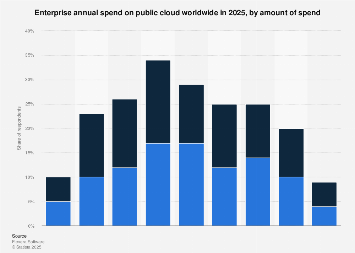
Look, I've been through enough surprise cloud bills to know that "sophisticated pricing structures" is consultant speak for "we're going to milk you dry in ways you didn't know existed." Here's what each provider is actually doing to your wallet.
Core Pricing Philosophy Differences
AWS is like that dealer who gives you the first hit for free. Their pay-as-you-go pricing sounds great until you realize your dev environment is costing $3K/month because someone spun up a bunch of c5.18xlarge instances "just for testing." Savings Plans can save you up to 72%, but only if you can accurately predict your usage three years out. Spoiler: you can't. I've seen teams lock into instance types that AWS deprecated six months later. Check the AWS pricing documentation for their "transparent" pricing model changes, and their cost optimization best practices for how to minimize the damage.

Azure is Microsoft's way of saying "you're already paying us for Office, might as well give us your infrastructure money too." Azure Hybrid Benefit is the only reason most companies use Azure for Windows workloads - it lets you use existing Windows licenses for up to 40% savings. But here's the thing: their reserved instances pricing calculator has been wrong every single time I've used it. Not exaggerating. Every. Single. Time. Microsoft's FinOps framework tries to help with cost management, but good luck implementing it without hiring expensive consultants.

Google Cloud has this thing where they automatically apply sustained use discounts if you run stuff long enough. Sounds nice, right? Except GCP pricing is so batshit complex that you need a PhD in mathematics to figure out what you're actually paying. Their committed use contracts offer 57% savings, but good luck understanding the 47-page terms and conditions.
The Shit They Don't Mention Until Bill Time

Here's where they really get you. Data transfer costs are AWS's biggest scam - they charge you to move YOUR data between THEIR data centers. Inter-region transfers cost $0.02-0.12 per GB, which sounds cheap until you're moving terabytes for disaster recovery and suddenly owe them $8K extra this month.
Support costs are another gotcha. Basic support is useless - good luck getting anyone who knows what a VPC is. Business support costs 10% of your monthly bill, and for that you get the privilege of waiting 12 hours for someone to tell you to restart your instances.
Volume discounting sounds great in theory. AWS gives you tiered S3 pricing that drops as you store more, but the breakpoints are designed by sadists. Azure enterprise agreements require you to commit to spending millions before they'll negotiate. GCP's sustained use discounts automatically kick in, which is nice except their base pricing is already higher than everyone else.
The Real Money Drains Nobody Talks About

Professional services are where they really fuck you. $250/hour for consultants to read AWS documentation out loud and tell you to use Reserved Instances. Migration projects that were quoted at $150K somehow end up costing $400K because "scope creep" (translation: they deliberately underestimated to win the contract). Check out these real migration case studies where companies share their actual costs and lessons learned, or this collection of successful migration examples to see how badly others got burned.
Training costs are insane. AWS wants $3K per person to tell them how to use services that should be intuitive. Microsoft charges $4K to certify someone on Azure, and the cert expires in two years so you get to pay again.
Compliance tools are subscription hell. AWS Config ($2/rule/month), Azure Security Center ($15/server/month), GCP Security Command Center ($5/asset/month). Add them up and you're paying $2K-5K monthly just to check boxes for auditors.
Disaster recovery will double your infrastructure costs if you do it right. Most companies half-ass it, then panic when they actually need to failover and nothing works because they never tested it properly. For actual guidance on managing these costs, check the FinOps Foundation frameworks and the latest 2025 FinOps updates, plus these comprehensive cloud cost optimization practices and 2025 cost optimization strategies that might actually help.


